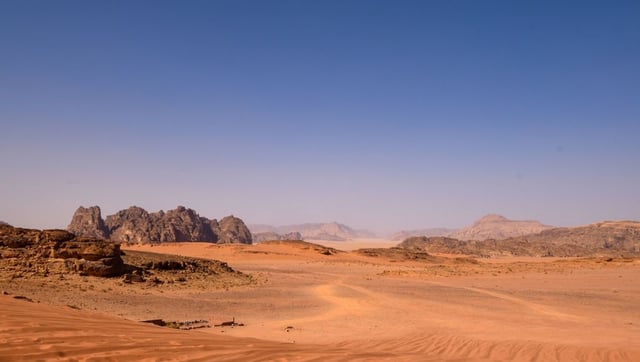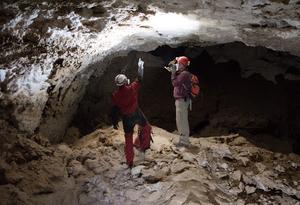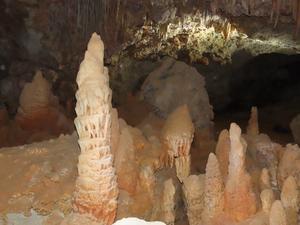Overview
- Speleothem analysis from Saudi Arabian caves documents eight distinct humid phases over the past 8 million years.
- These wetter periods turned the arid landscape into a green corridor, enabling animal and human migration between Africa and Eurasia.
- The study reveals a gradual shift in rainfall sources, from southern monsoons to Mediterranean winter storms over time.
- Progressive aridification of Arabia is linked to Northern Hemisphere cooling and expanding polar ice during the Pleistocene.
- Fossil evidence, including water-dependent species and human tools, supports the region's role as a key biogeographic crossroads.



